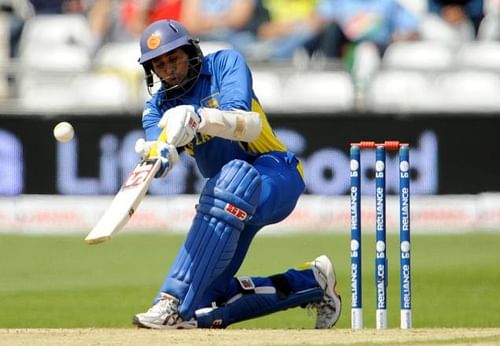
5 innovative cricket shots and their history
Sri Lankan international Dilshan invented the ‘Dilscoop’There was a time when cricket was used to be known as the 'Gentleman’s Game.' As time passed, and with the involvement of technology, both the technique and style of playing cricket has changed. Modern cricketers use a number of new, experimental shots to upset the bowler’s rhythm and to destroy the field plan.Particularly with the advent of Twenty20 cricket, modern cricket is getting faster day by day. It always doesn’t allow players to stick to text book shots.The massive run chases urge the batsmen to move out of their comfort zone and try things out of the box. They need to get the ball past the fielders and send it to the stands. Several of these unorthodox shots originate out of the street cricket where one has to sneak runs out of tricky situations.Here is a list of five innovative shots in cricket and their history:
#1 The Dilscoop

The Dilscoop, better known as a "ramp shot" is a cricket batting strokedeveloped by Sri Lankan right-handed batsman Tillakaratne Dilshan during the 2009 ICC World Twenty20 in England.
Dilshan explained in several interviews that he played a lot of tennis ball cricket in Sri Lanka, mostly on the streets. Sometimes there is not much option to hit on either side of the wicket due to lack of space. Hence,he targeted the spot over the wicket-keepers head as a convenient area to score runs.
The batsmen who have this shot in his arsenal could really sneak in valuable runs in the death overs. The basis of the stroke is to go on one knee to a good length or slightly short of length delivery off a fast or medium paced bowler. The batsman angles the bat in a manner which makes the ball fly over the shoulders.
Douglas Marillier of Zimbabwe also used this shot to devastating effect against the leading bowlers of the adversaries. After he took bowlers like Glenn Mcgrath and Zaheer Khan on in the slog overs, the state of the bowlers was termed to be Marilliered. However, there is a minor difference between the Dilscoop and the Marillier Shot. While the former goes for a boundary straight over the head of the keeper, inthe latter ball moves toward the fine leg region.